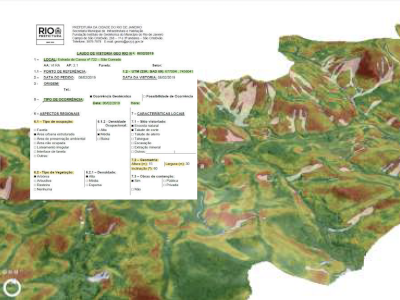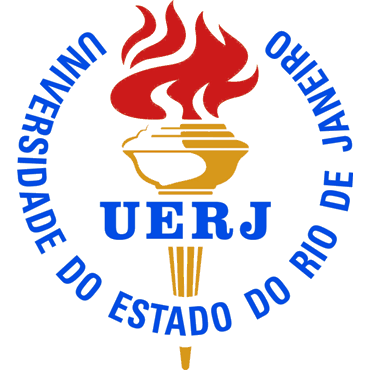
The occurrence of landslides depends on the combination of static and dynamic factors: static factors refer to geomorphological, hydrological, and/or mechanical elements that make certain slopes more susceptible (or less susceptible) to landslides than others. The integration of these static factors is commonly referred to as terrain susceptibility. In Brazil, due to the absence of significant seismic factors, rainfall is the main dynamic factor causing landslides. Integrating static terrain data, which spatially identifies areas prone to landslides (susceptibility), with dynamic data (rainfall patterns) enables the spatial-temporal prediction of these phenomena.
The goal of the RioSlide initiative is to propose and test methodologies that utilize historical landslide occurrence data to predict the spatial-temporal occurrence of landslides in response to predicted rainfall. While many studies focus on spatial prediction of landslides (terrain susceptibility), and others establish calculations for critical rainfall for landslide occurrence, few available studies have attempted to combine these analyses in a spatial-temporal manner, resulting in dynamic models. The overall objective of this proposal is to explore methodological potential that improves the prediction of "where" and "when" a landslide may occur in response to various rainfall events. In this regard, the RioSLIDE project aims to fill these gaps.
LFSR is one among a handful institutions involved in the RioSlide project. Other partners include ENGAGE (Universität Wien), PROSLIDE and Instituto Pereira Passos.



